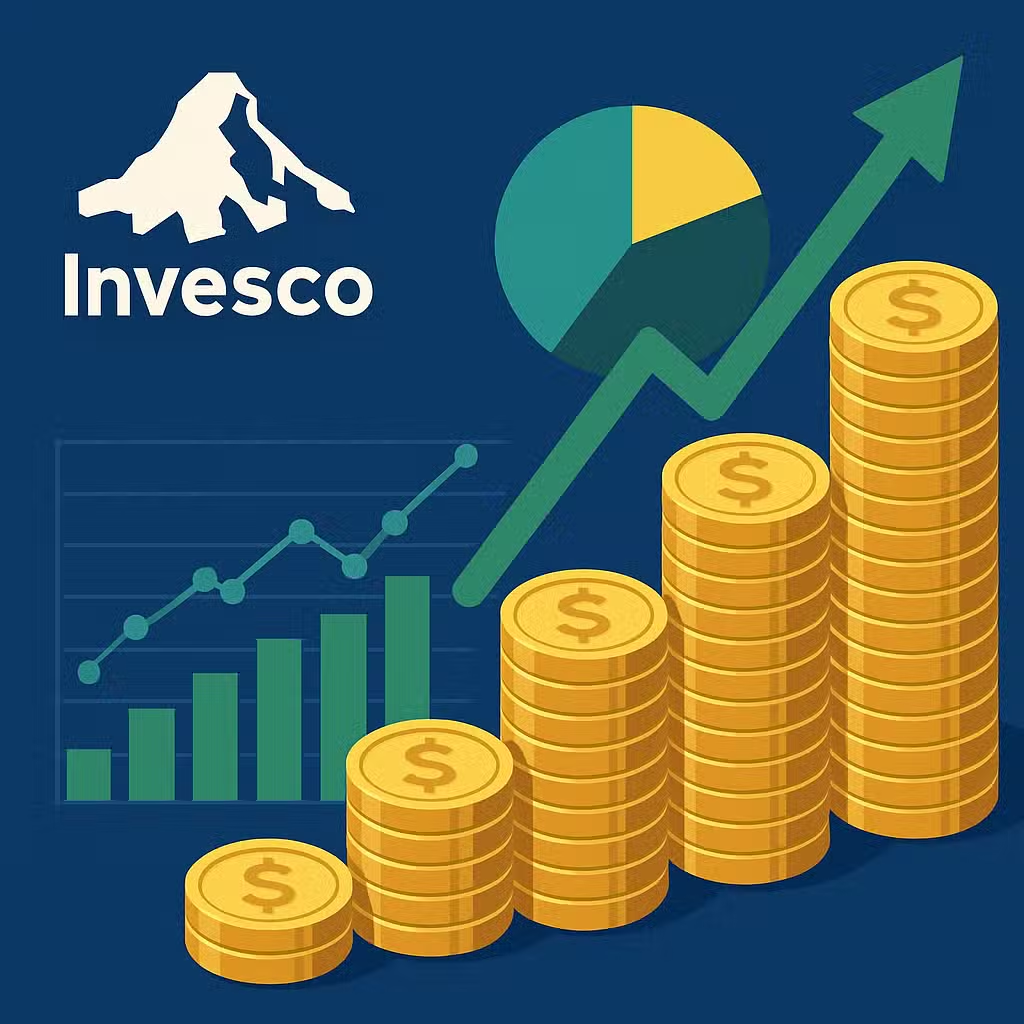Top-Rated Fund Manager Highlights Current Income Opportunities for Investors Seeking Steady Returns
Imagine your investment portfolio like a car ride—you want to enjoy the smooth roads (steady income), but you also need seatbelts for the bumps ahead (economic risks). That’s why smart investors are paying attention to the balance between income and safety in today’s bond market.
Why This Matters for Investors
With interest rates still high, there are chances to earn good income from bonds. But nobody wants to get caught off guard if the economy slows down or jobs are lost. That’s where funds like the Capital Group Core Plus Income ETF (CGCP) come in—they try to give investors both steady income and some protection from downturns.
What’s Inside the CGCP ETF?
- Yield: Pays about 5.23% (as of the last 30 days).
- Assets: $6 billion under management since launching in 2022.
- Cost: Low fee of 0.34%.
- Mix: Owns mostly safe, high-quality bonds (like AA-rated), but also includes some riskier stuff for extra income.
These types of funds are called “core-plus,” meaning they start with safe investments and add a little more risk for a chance at higher rewards.
Bulls: The Upside Case
- Consistent Income: Even when the stock market wobbles, bonds can provide steady payments. That’s why many investors use them as a “ballast” in their portfolios.
- Strong Research: The CGCP team carefully studies which bonds are worth the risk, especially in complex areas like mortgage-backed securities, which can pay more if you know what you’re doing.
- Flexibility: The fund can shift between safer and riskier bonds to find the best value as markets change. Right now, it’s focusing more on high-quality bonds and government-backed loans.
- Historical Context: According to Morningstar research, diversified bond funds often help protect portfolios during recessions, especially when they hold more government or high-quality bonds.
Bears: The Downside Risks
- Economic Slowdown: If more people lose jobs or wages stay flat, it could hurt the whole economy—and even the safest bonds might not be totally safe.
- Interest Rate Surprises: If the Federal Reserve changes rates faster than expected, prices of existing bonds could drop. That could mean losses, at least on paper.
- Complexity Risk: Some of the fund’s investments, like asset-backed or mortgage-backed securities, are tricky. If the research isn’t spot-on, there could be hidden dangers.
- Lower Return Potential: Focusing on safer bonds might mean missing out if the economy keeps growing and riskier bonds pay off more.
What’s Next for Rates?
Right now, traders think there’s about a 65% chance the Federal Reserve will lower interest rates soon. The big question is whether rates will settle around 3%, or if the Fed will have to cut more if the economy slows down. This makes short-term government bonds look pretty attractive, since they pay a solid rate and carry less risk if things get rough.
Investor Takeaway
- Balance is Key: Mix safe and slightly riskier bonds in your portfolio to get steady income without taking on too much danger.
- Watch the Economy: Keep an eye on the job market and Fed decisions—these can change the bond market quickly.
- Don’t Ignore Fees: Even small costs, like CGCP’s 0.34% expense ratio, add up over time. Always compare before investing.
- Do Your Homework: Complex bonds can offer higher returns, but make sure you or your fund manager truly understands them.
- Protect Your Downside: Aim for funds or bonds that can hold up if the economy takes a turn, especially if you’re close to retirement or need steady income.
For the full original report, see CNBC







